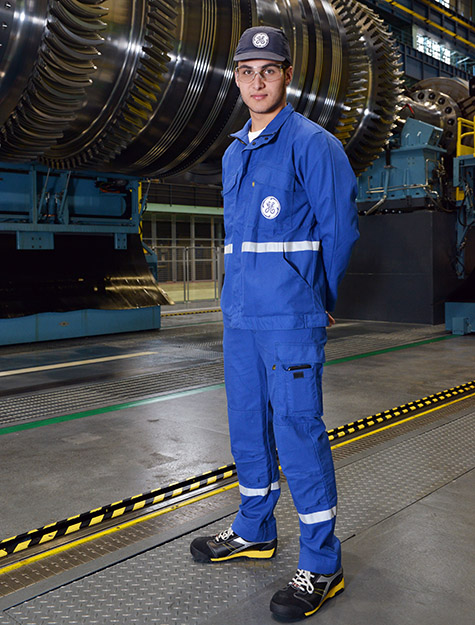Your energy transition partner
Helping you navigate the energy transition
As the energy transition to a lower carbon future unfolds, steam plant operators are being impacted in different ways.
Our coal customers are challenged with demands to be more agile than ever before as they balance delivering reliable power today with planning their decarbonization strategies going forward.
With power demand growing over time and energy security priorities, many nuclear operators are seeing new opportunities to extend the life of their operations as key players in the future energy mix.
And for our industrial customers, their need for cost-effective power services to keep production lines running uninterrupted is our shared priority.

Our Steam Power team stands ready to support all of our customers as an energy transitions partner. We continue adapting our services platform to address your most pressing needs, and saying “YES” when and where you need us.
- YES to responding to your daily needs with speed
- YES to delivering with safety and quality
- YES to providing cost-efficient solutions
- YES to collaborating on your long-term strategies
At the same time, nearly half of all power globally today is still produced from coal and nuclear. Our customers are balancing the challenge of lowering CO2 and providing affordable, reliable power.

Can Steam Power be my nuclear turbine island service partner?
YES. From core service parts replacements and repairs, to advanced outage planning/execution, to life extension solutions, our team stands ready to support your steam turbine, generator, controls and auxiliary assets. With field service teams and service centers across the Americas region, we can quickly mobilize for your planned and unplanned needs.
Explore
Steam turbine services
Generator services
Controls services
Our team in action
Solutioning for emergent work
High performance outage execution

Can Steam Power be an energy partner for my coal power plant?
YES. Regardless of where you are in your operating life cycle, we’re committed to supporting your coal power operations. Understanding your need to get the most life from your existing equipment, we can apply our OEM insights to help you operate to the design boundaries of your assets… and respond with speed to your ongoing core service needs.
Explore
Steam turbine services
Generator services
Controls services
Our team in action
Emergency response mobilization
Advanced outage execution
Strategic solutioning

Can Steam Power help keep my industrial operation running efficiently and reliably?
YES. With market forces including inflation and supply chain headwinds impacting your operation, we recognize the value of delivering cost-effective solutions to keep your power equipment running without interruption. And with reliability as your top priority, we’re focused on optimizing our capabilities to respond FAST when and where you need us.
Explore
Industrial service portfolio
Industrial steam turbine services
Industrial generator services
Industrial-specific solutions
Why choose a life extension?
Reducing downtime
Lowering your operating costs
